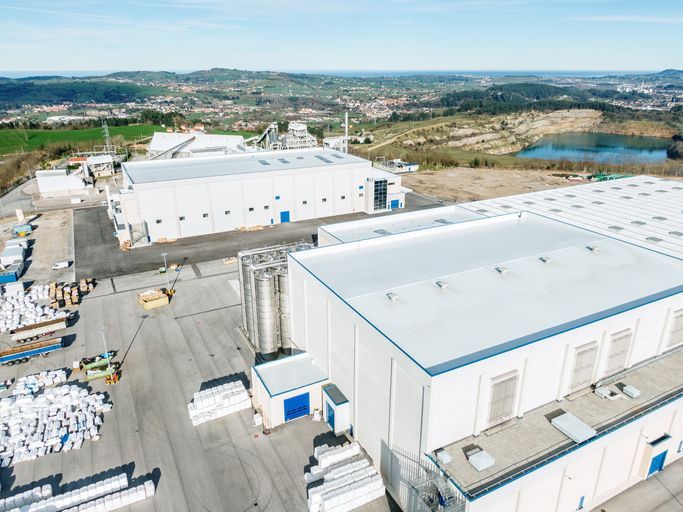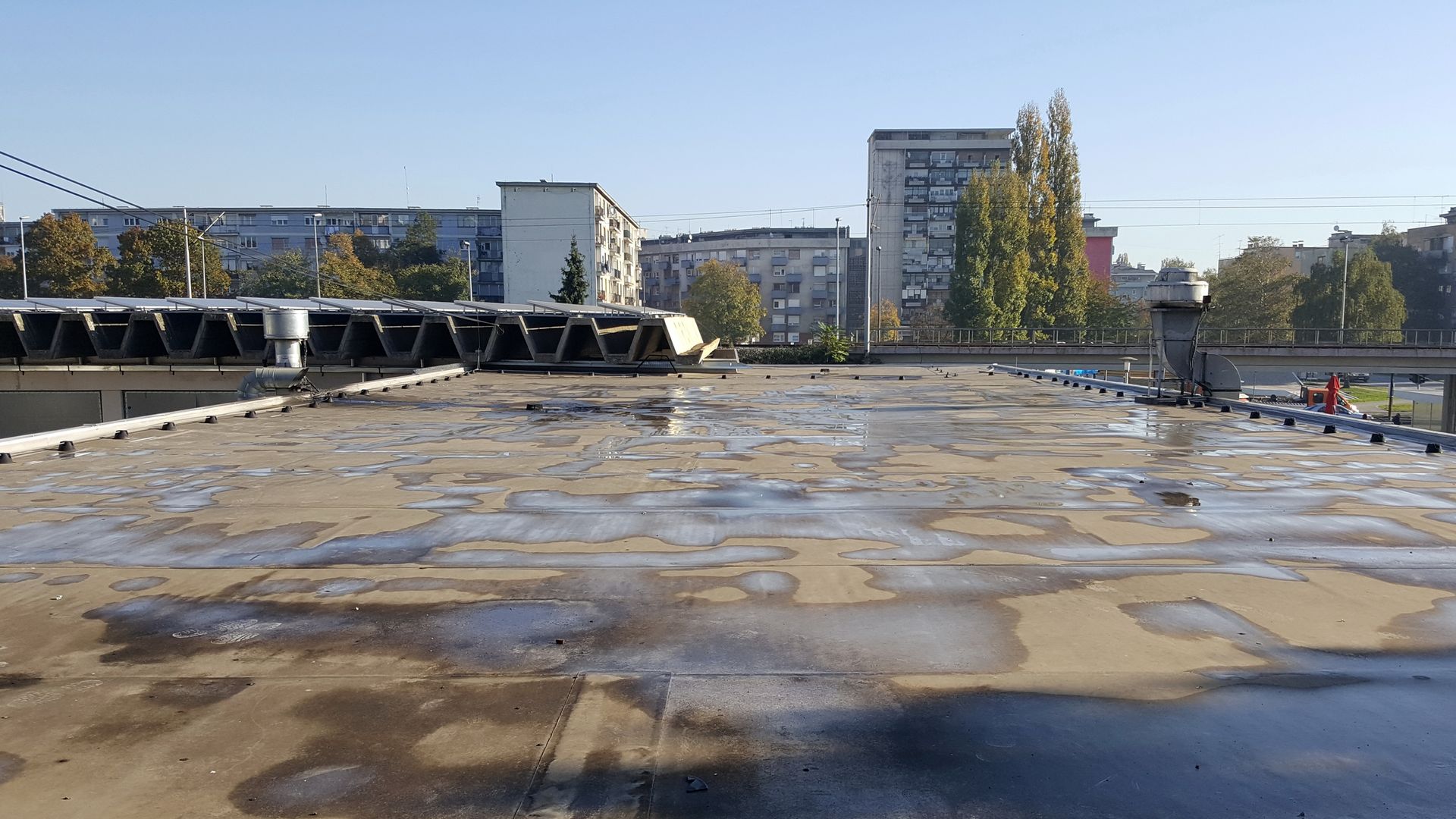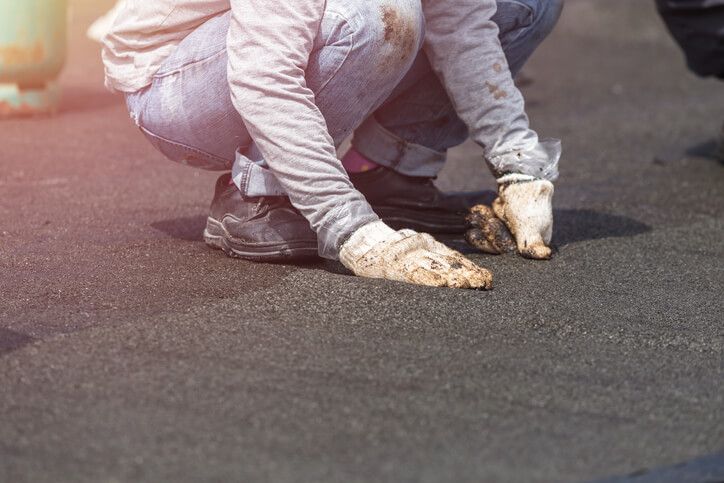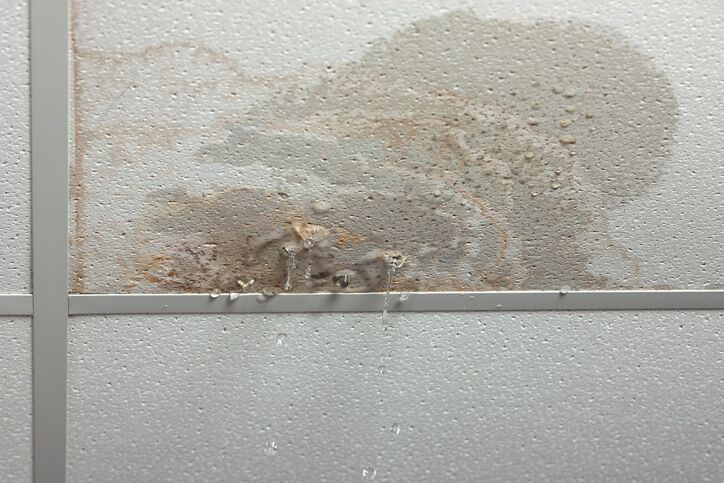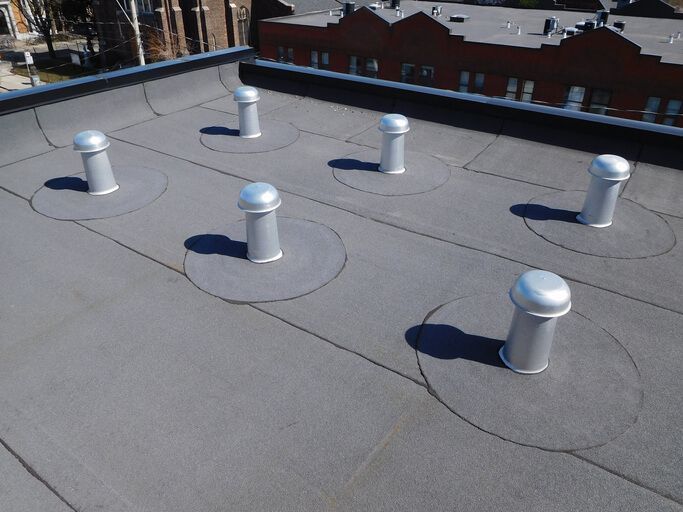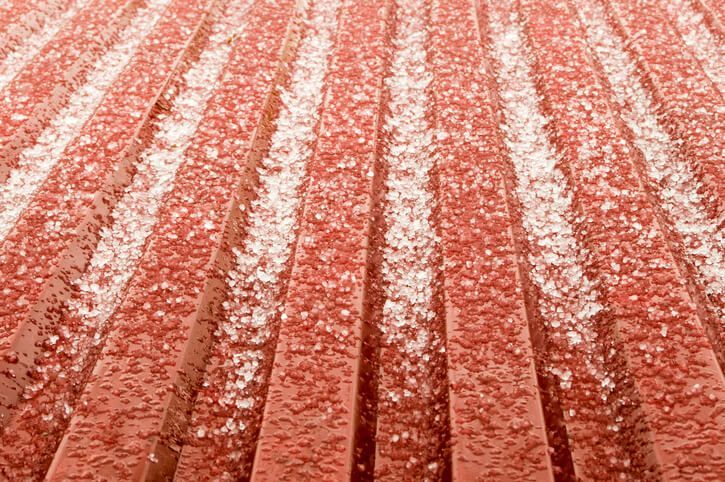How Long Do Commercial Roofs Last
The lifespan of your commercial roof relies heavily on a variety of factors such as weather and the type of roof you have. Commercial roofing can last anywhere from 10 to 40 years, depending on the following factors:
Roof Type
With low-sloped roofs, flat roofs, and pitched roofs to choose from, each comes with its own pros and cons that can affect its lifespan. For example, a flat roof is an economical choice that is quick to install, but it is subject to standing water. Standing water degrades the roofing materials, causing leaks.
Low-sloped roofs, on the other hand, work to promote water run-off to avoid standing water but can be affected by the substantial weight of heavy snowfalls and rapid melting. Pitched roofs are not commonly used for commercial roofing applications, but they do efficiently promote great water run-off. With a steeper slope, they make maintenance more difficult and expensive, which can cause the health of your roof to be neglected.
Weather Conditions
One major factor that impacts commercial roofs is the weather conditions they are exposed to daily. Harsh weather conditions can wear down a roof over time, degrading the roofing materials. For example, when water turns to ice on a commercial roof, the degradation of the roof can occur quickly, adding substantial weight to the roof’s surface. When this ice melts, that water seeps into any gaps and refreezes, expanding and causing cracking and leaks.
With preventative roof maintenance, inspections, and prompt repairs performed by professional roof contractors, you can help extend the lifespan of your commercial roof.
Integrity of Roofing Materials
Common commercial roofing materials such as PVC, EPDM, and TPO all have different life expectancies. A PVC roof can last for 20 years or more, while a TPO roof is expected to last anywhere from 22 to 30 years. Metal roofs last about 30 to 45 years, whereas EPDM lasts around 22 to 35 years.
Issues with these materials include:
- PVC has a higher cost upfront and can shrink over time, causing the flashings and seams to come apart. This material is also known to become brittle.
- EPDM roofing has a rubber membrane which is typically black and subject to thermal shock. This black surface also absorbs infrared heat rays, raising your cooling costs. This absorption also accelerates deterioration.
- Metal roofing will experience issues with panels becoming loose and screw backing out as well as penetration damage, rust, and delaminated coating.
With a monolithic roofing system , you receive a commercial roof that is one complete piece with no seams for a longer lifespan. The Advantage Systems Roofing System is 3-4 times thicker than competitors’ roofing materials, flexible to the movement of the roofing structure to prevent damage, and is also highly reflective to help reduce cooling costs.
When does my roof need to be replaced?
There are few instances where it is more feasible to replace the roof than to repair it. One instance is if there is damage to the roof membrane. This can occur due to strong winds or storm damage uplifting the roof membrane. If the roof isn’t replaced, it can lead to leaks.
Roof deck wear and tear can be another reason your roof requires replacement. This damage is typically caused by continuous moisture and is immediately noticeable. Another sign your roof is due for a replacement is if you have watermarks or stains on the walls of your property and within the attic. Water infiltration indicates that the roof membrane and the secondary protection have failed.
If you are looking for a commercial roofing system that will protect your building from leaks and have a long and beneficial lifespan, look no further! Contact the expert commercial roof contractors at ACR1 today to learn more.
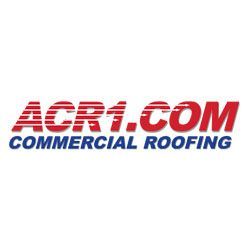
Author:
Floyd Mason
Born and raised in farming in Iowa
Worked in and around construction since 1977
BS in Corporate Finance and Financial & Estate Planning from Brigham Young University. Involved in Boy Scouts of America for more than 35 years, Scoutmaster 15 years Estimator, Project Manager, Sales Representative, Crew Leader, Laborer, Territory Manager, District Manager, Regional Manager, National Sales Manager,
ACR1.COM Sales & Marketing Manager since 2013.
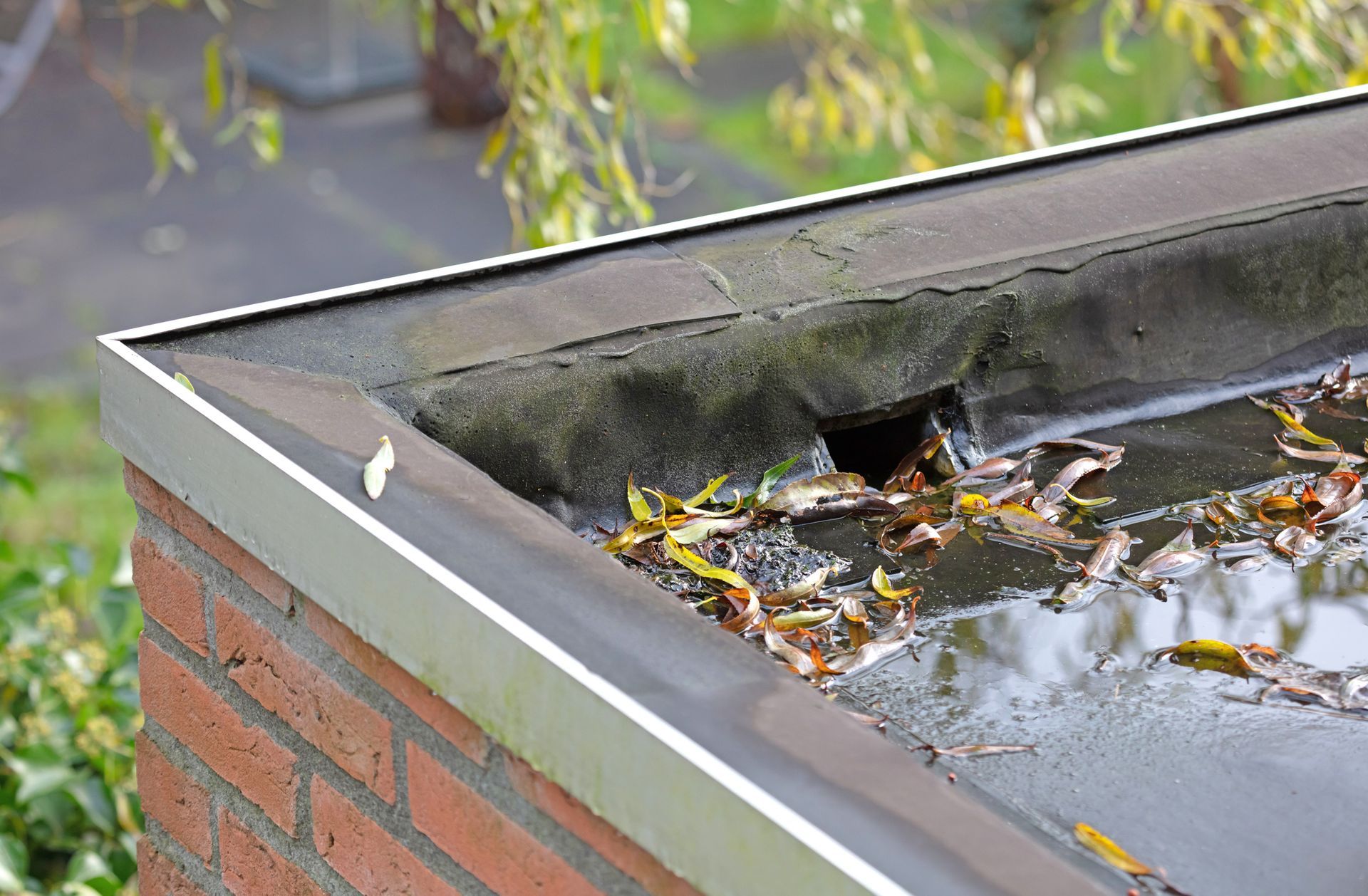
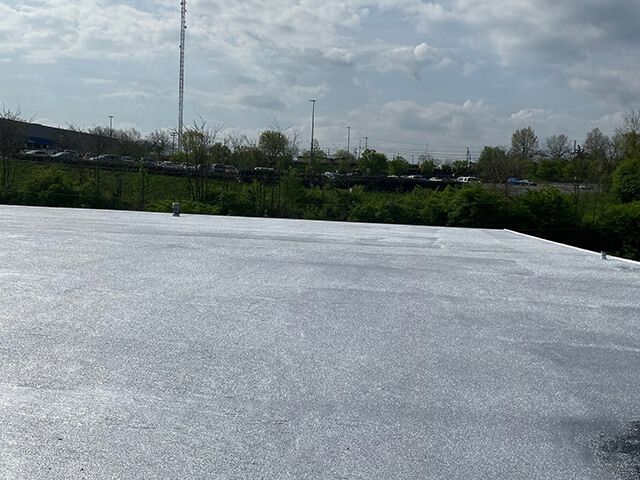
CONTACT US
Leaky roof? Want an estimate or roof inspection for your building? Contact us to schedule your service!
Contact Us
We will get back to you as soon as possible.
Please try again later.
Headquarters:
INDIANA OFFICE
1924 N ELM ST
MUNCIE, IN 47303
(317)820-2418
Quick Links


